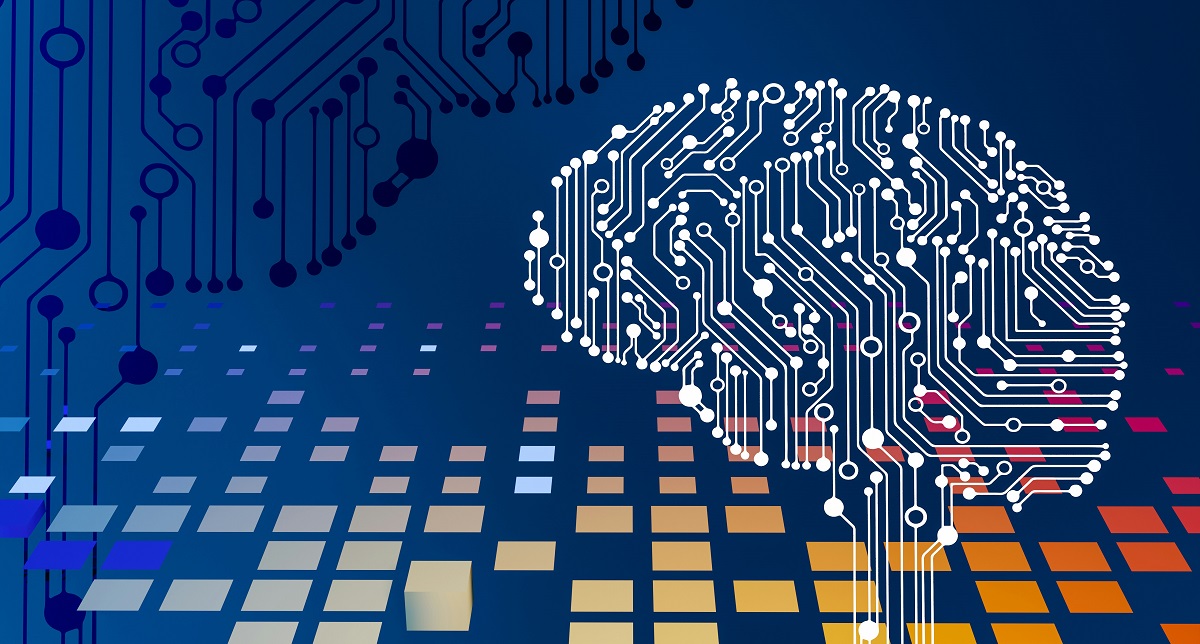When you enter the world of artificial intelligence, it doesn’t take long for the initial excitement to give way to more practical considerations: how well organised is your data and how accessible will it be to the AI you introduce? Get your data management right and you open the door to a whole world of AI-assisted development and decision making.
How do I use this technology with my own data?
When considering how to implement artificial intelligence effectively, the key is first to understand the location of your data, the systems it resides on, and whether you can access it programmatically. You must determine whether it is necessary to extract this data and store it in a central repository such as a Data Lake, or if it is more practical to use APIs to access the data directly when needed for training or inference.
Regardless of the type of AI you choose to use, whether it is Creative AI for generating new content or Analytical AI for making predictions, the underlying need remains constant: your data must be well-organised, have clear governance and be readily accessible. Given the rapid evolution and ongoing changes within the field of AI, flexibility in how you handle data is crucial.
Creative AI - Generative AI models excel at understanding human input and translating it into various forms of content. These models utilise complex algorithms to simulate creativity, allowing them to produce unique outputs such as images, text, speech, or even code based on simple descriptions.
Analytical AI - Analytical AI models that focus on data analysis, prediction, and decision-making based on existing information. Operating under defined rules and algorithms, these models ensure reliable and consistent results. Analytical AI is typically employed in scenarios requiring accuracy, predictability, and adherence to known patterns, such as financial forecasting, healthcare diagnostics, and operational optimisation.
The true power of integrating Creative AI and Analytical AI comes into play when both are combined, harnessing the capabilities of natural language understanding. This integration enables the translation of human requests into a language that analytical models can comprehend. Subsequently, the outputs from these models are converted back into responses that are contextualised and resonate more naturally with human users.

This approach revolutionises how organisations utilise AI to gain personalised insights from the data they hold.
Potential AI applications for personalised data insights
Dynamic Data Interaction for Executives: Traditionally, predictive models created by data science teams would result in static reports for the executive team. Now, these models and their insights can be integrated into interactive dashboards. Executives can converse with these dashboards using natural language, asking questions and even customising the dashboard's structure and presentation in real-time. This dynamic interaction facilitates a deeper understanding and more immediate use of the data at hand.
AI-driven Code Development: By training a model on an organisation's codebase, tools like co-pilots can do more than suggest updates; they can adhere to and propagate the coding standards specific to the organisation or project. This ensures that the generated code is not only standardised but also bespoke, reflecting the unique practices and preferences of the company. This tailored approach helps maintain consistency and quality in software development.
Comprehensive Project Insights: In large organisations, project information often has to travel through multiple levels, each adding its own layer of abstraction and potential bias. By centralising data in a Data Lake and applying various models to analyse financial performance, resource allocation, and risk, a clearer and more accurate overview can be achieved. AI can then transform this data into a range of outputs, from presentations and detailed reports to revised project plans. This capability ensures that decision-makers at all levels have access to timely and relevant information, reducing miscommunication and enhancing strategic planning.
By leveraging the combined strengths of Creative and Analytical AI, organisations can transform their data interaction experiences, enhance their software development processes, and gain a more holistic view of their operations. This integrated AI approach not only optimises current workflows but also sets a foundation for future innovations.
The future will belong to those enterprises and organisations that make their data work hardest for them – and that means using Artificial Intelligence, intelligently.





